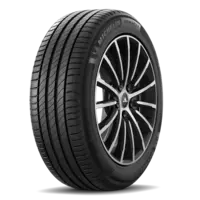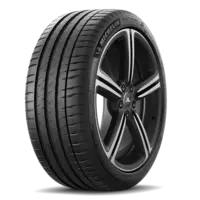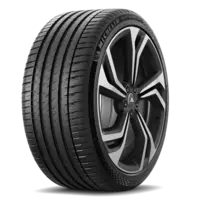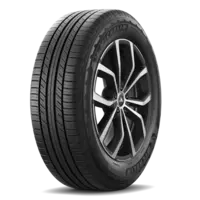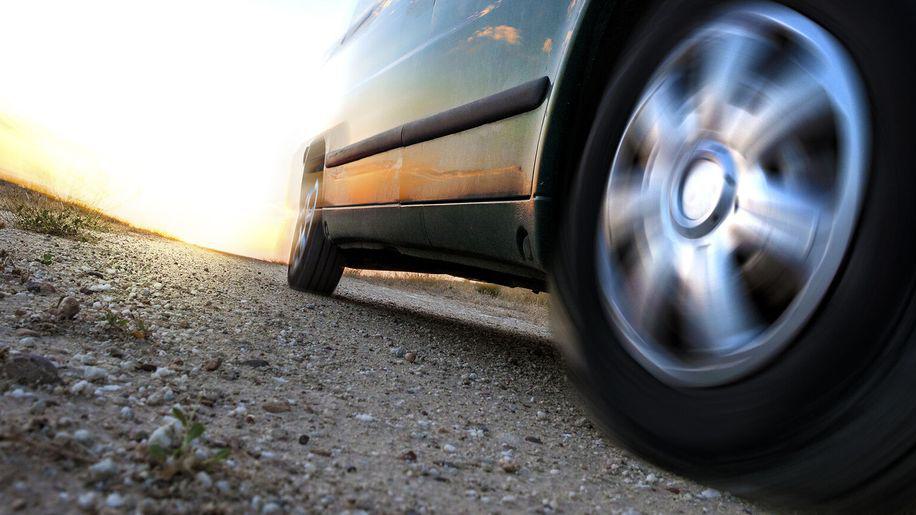What is tyre tread?
To begin with, it is probably worth starting by explaining just what tyre tread truly is. Once motorists understand what tyre tread is, they should be better equipped to check whether their tyres have enough of it.
Essentially, tyre tread is the set of grooves that run around the outer surface of a tyre. What these grooves do is maintain a good grip on the road, for example, by helping to disperse water to prevent aquaplaning. What's more, stopping in time would become much, much harder. It would also be much trickier to get started the car without spinning the wheels if no tyre tread is present to help gain traction.
Are there different tyre treads?
MICHELIN tyres are designed with different patterns of tyre tread.
Some are designed to maximise grip when cornering. Other tyres are specifically designed to help maximise traction in wet or snowy conditions by shifting water out of the way.
Tyre treads are specific to each driving experience (road use, winter use, off-road use, mixed use ....). They all have slightly different purposes, but the overall thing to bear is that tyre tread is essential for safety and performance.

Why does tyre tread wear out?
Of course, as tyres are made from rubber compounds, the tyre tread will inevitably wear down over time due to a variety of factors including vehicle type (Hybrid, electric, or petrol cars), driver behaviour, climate, temperature, the roughness of the road surface, the mechanical condition of the vehicle (camber settings, wheel alignment, wheel balance, suspension, transmission…), maintenance, tyre pressure…
The latest MICHELIN tyres are designed to deliver excellent longevity and high levels of performance from the first to the last kilometer* throughout the tyre’s life. That’s what, at Michelin, we call “Performance made to last”!
When worn tyres reach a certain point, it is no longer legal to drive on them. In the UK, cars fail the MOTs if the tyres are too worn. So, it's important to know how to properly check the remaining tread on a car's tyres.
*The following tyre lines are designed to offer high level of longevity and performance that lasts: MICHELIN CrossClimate², MICHELIN Primacy 4+, MICHELIN Pilot Sport 4 , MICHELIN Alpin 6 and MICHELIN Pilot Alpin 5.
discover our latest products
How to check the tyre tread depth?
Check the tread wear with one of the three methods:
With the tread wear indicators
Tread wear indicators are small, raised areas at the bottom of the grooves of the tread pattern. On MICHELIN tyres, the Michelin Man figure shows where these indicators are in each of the main grooves of the tread.
A tyre must be changed as soon as it wears down to these indications. Tread depth remaining is then 1.6 mm, which corresponds to the legal minimum. Beyond this limit, you are putting your safety at risk, and you are breaking the law.
If only one tyre wear indicator is reached, your tyre is experiencing abnormal wear (overinflation, underinflation, misalignment). Seek for professional advice!

With a tread depth gauge
One of the best devices to use is a simple air gauge designed for this specific job. Tyre tread depth gauges won't cost a great deal, and they can accurately and swiftly confirm the tread level.
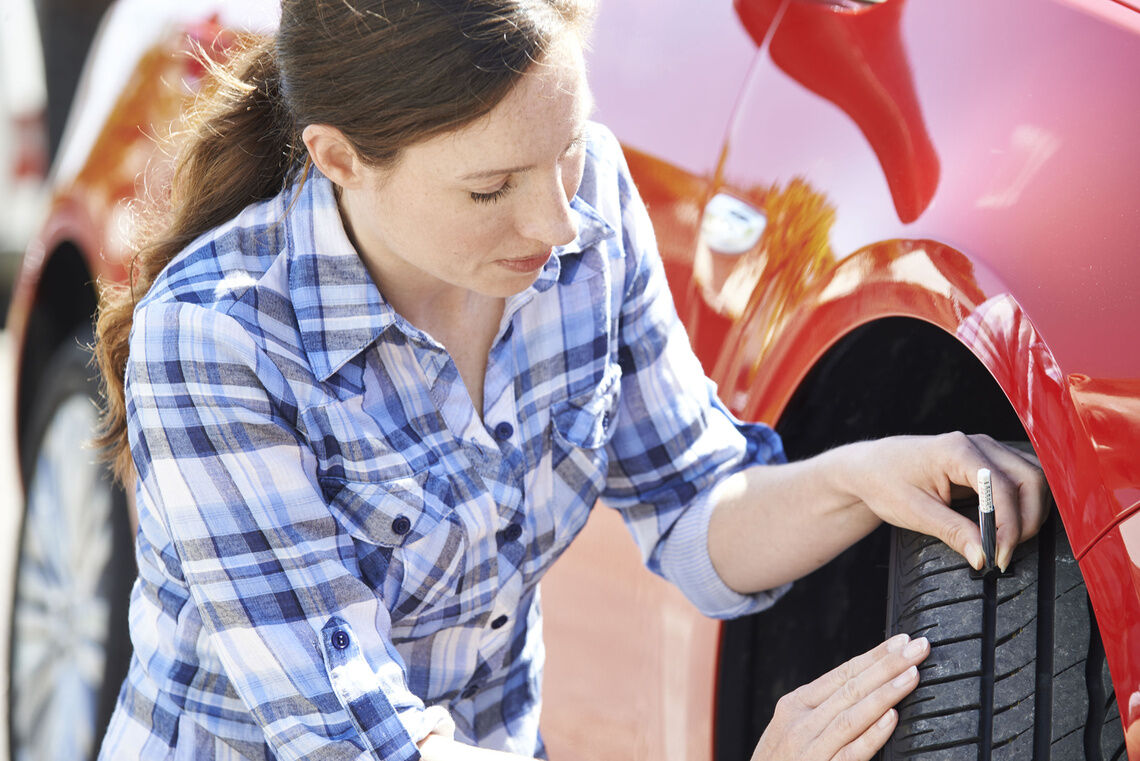
With the 20 pence coin test in the UK
Another way to check the tread of tyres effectively is to use a 20 pence coin instead of a purposely built tread depth gauge. It is possible because the rim on a 20p coin is just the right size for measuring a depth of 1.6 mm. So basically, all motorists need to do is insert a coin into the grooves around their part-worn tyres and check whether the rim of the coin disappears from their view. If it does, then there is sufficient tyre tread depth remaining. If the rim stands proud of the tyre, on the other hand, then the partially worn tyre is no longer valid and needs to be replaced forthwith.
The depth of the main grooves of the tyres must be at least 1.6 mm on 3/4 of the tyre tread.
Checking for wear must always be carried out at several points across the circumference and width of the tyre. It also involves getting them checked regularly, both inside and outside, by a tyre specialist. If the legal treadwear limit has been reached, the tyre must be removed and replaced.
A tyre professional must be consulted if there is abnormal wear or a difference in wear between two tyres on the same axle.
Any visible perforation, cut or deformation must be checked thoroughly. Leave it to the experts! A tyre specialist will tell you if your tyre can be repaired after damage has occurred.
As a precautionary measure, even if the tyre’s overall condition appears good to the naked eye and it is within the legal limit in terms of wear, Michelin recommends changing tyres when they reach 10 years old from their date of manufacture. This ten-year age limit is calculated from the date in the DOT marking.
